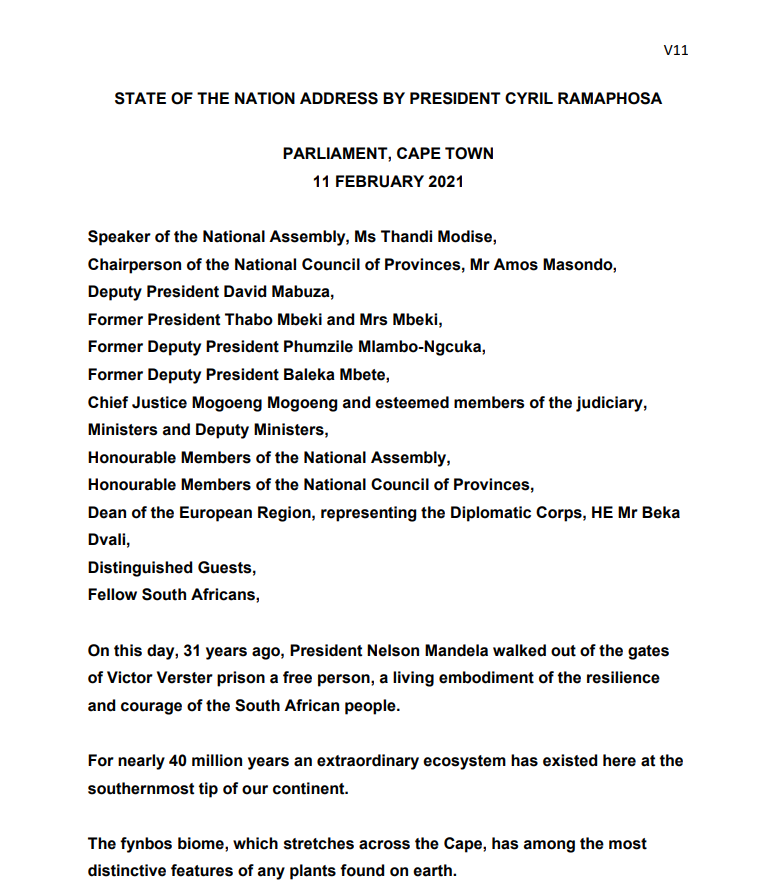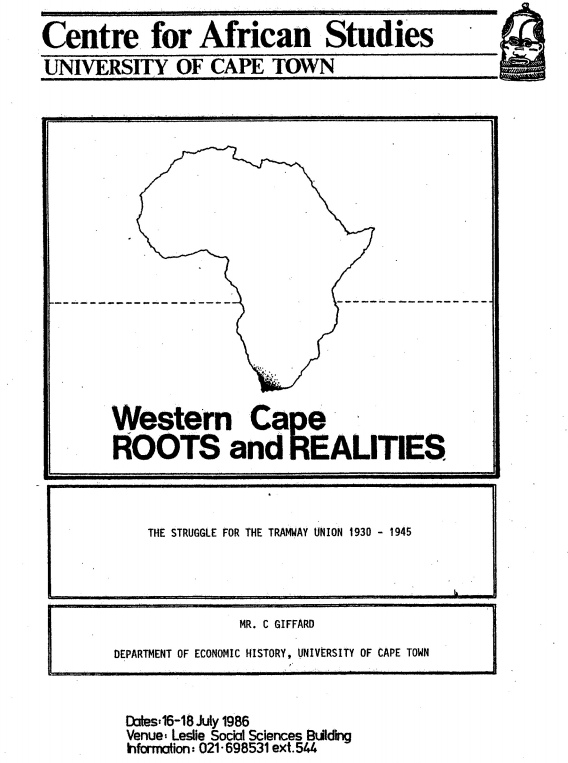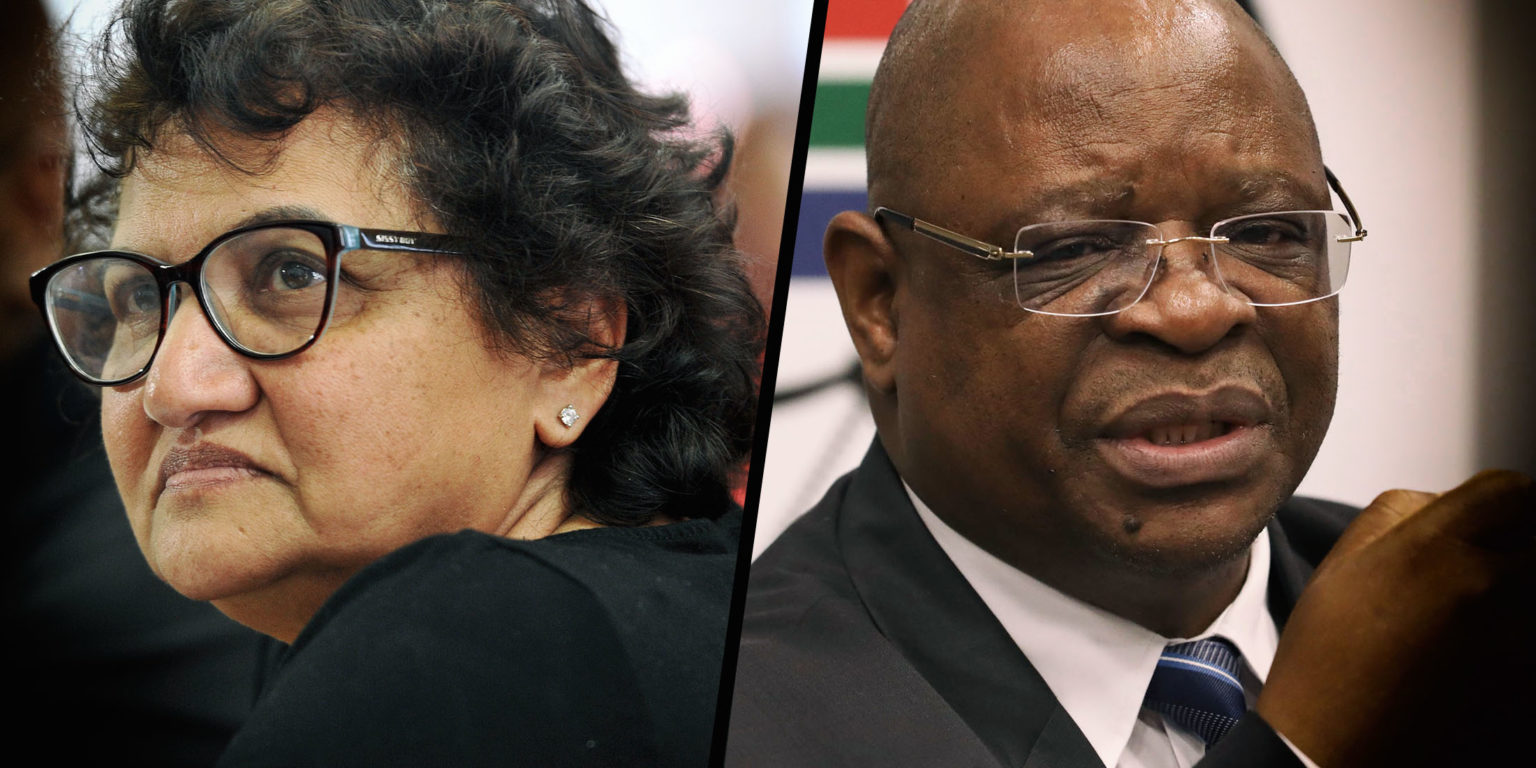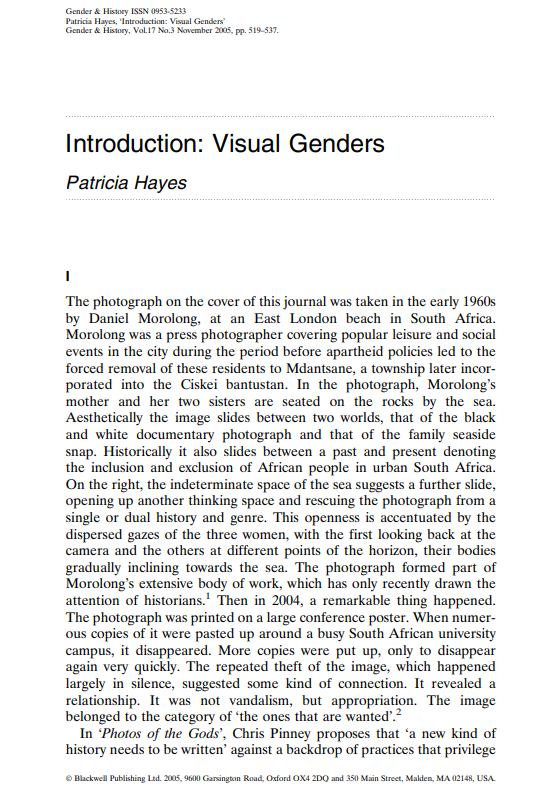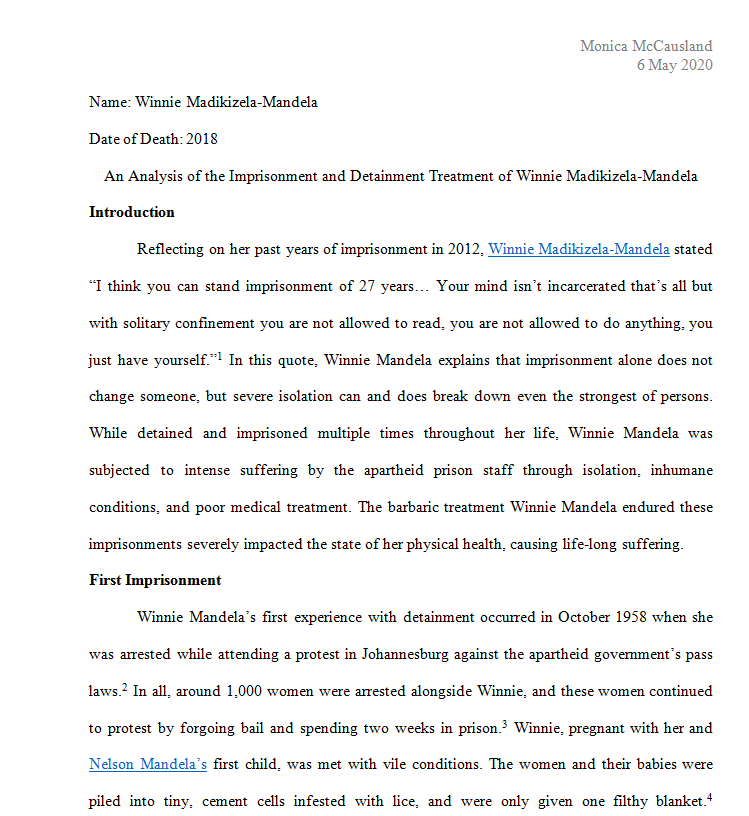Boskop Village, Nature Reserve and Dam- near Potchefstroom
Boskop Dam and Nature Reserve is located in the Mooi River Valley 20 km North of the Town of Potchefstroom a short distance from the R501 Carletonville Road and 30 km from the N14 Ventersdorp/Krugersdorp Road on the Rysmierbult turnoff.
Boskop Dam is set on 3000 Hectares of rolling grasslands and serves as an important recreational destination for the many communities who are within, close proximity. The Reserve is noted for Outdoor Recreation – apart from angling, opportunities for camping, yachting, canoeing, birding and game viewing are also offered.
Boskop Primary school was established in 1920. The School started off as a small Farm School. In those early school days, the learners would come to School on foot or in donkey carts, in wagons and even on horseback. During Harvest Time many learners would stay at Home when crops had to be picked. Today there are 1500 learners.
A human fossil remnant consisting of a portion of a skull dome was unearthed in 1913, by laborers on a Farm near the Village of Boskop. The specimen consisted of the greater part of the frontal and parietal bones and a small portion of the occipital. Excavations at the site a Year later disclosed a nearly complete temporal bone, most of the body of the left side of a poorly preserved mandible (with a second molar), and a number of fragments of limb bones. No animal or cultural remains were found in direct association except for a single unusual stone artifact. No geological age can be assigned to the skull. This discovery of a more primitive human race in Homo Rhodesiensis has served to redirect attention to the part which Africa still has to play in elucidating the wider questions of human origins and human migrations.
Deborah Matshoba’s fight against Apartheid by Alec Russo
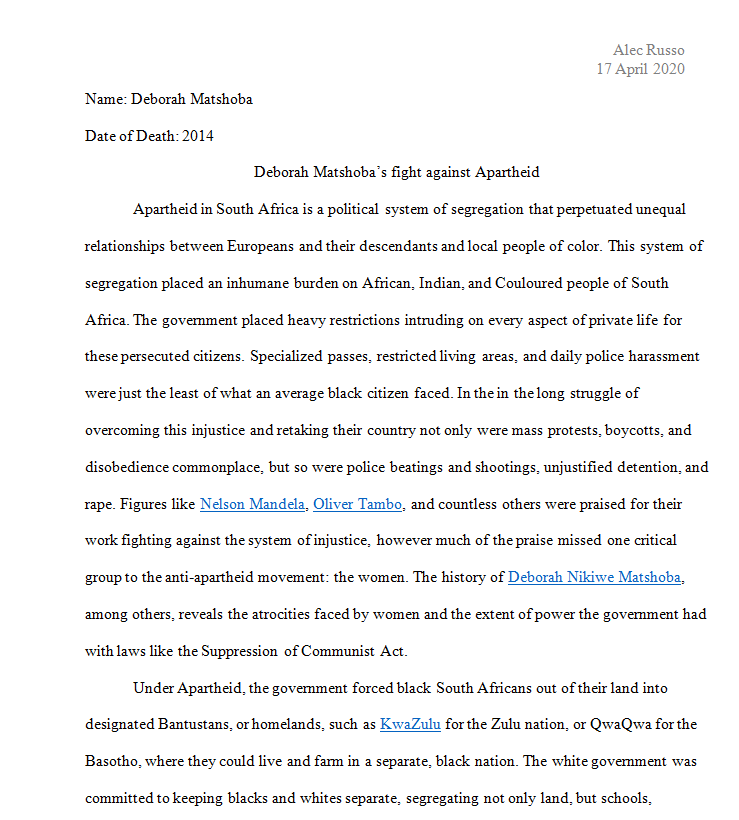
Apartheid in South Africa is a political system of segregation that perpetuated unequal relationships between Europeans and their descendants and local people of color. This system of segregation placed an inhumane burden on African, Indian, and Couloured people of South Africa. The government placed heavy restrictions intruding on every aspect of private life for these persecuted citizens. Specialized passes, restricted living areas, and daily police harassment were just the least of what an average black citizen faced.
Biography of Joyce Sikhakhane-Rankin by Victoria Sedeno
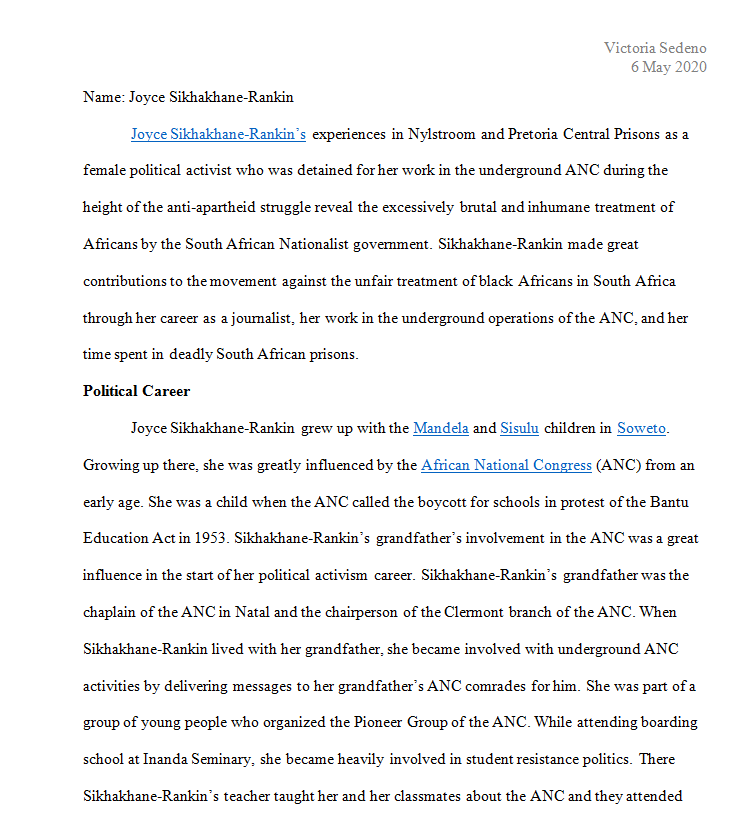
Joyce Sikhakhane-Rankin’s experiences in Nylstroom and Pretoria Central Prisons as a female political activist who was detained for her work in the underground ANC during the height of the anti-apartheid struggle reveal the excessively brutal and inhumane treatment of Africans by the South African Nationalist government.
The Story of Jean Middleton by Grant Rohrmann
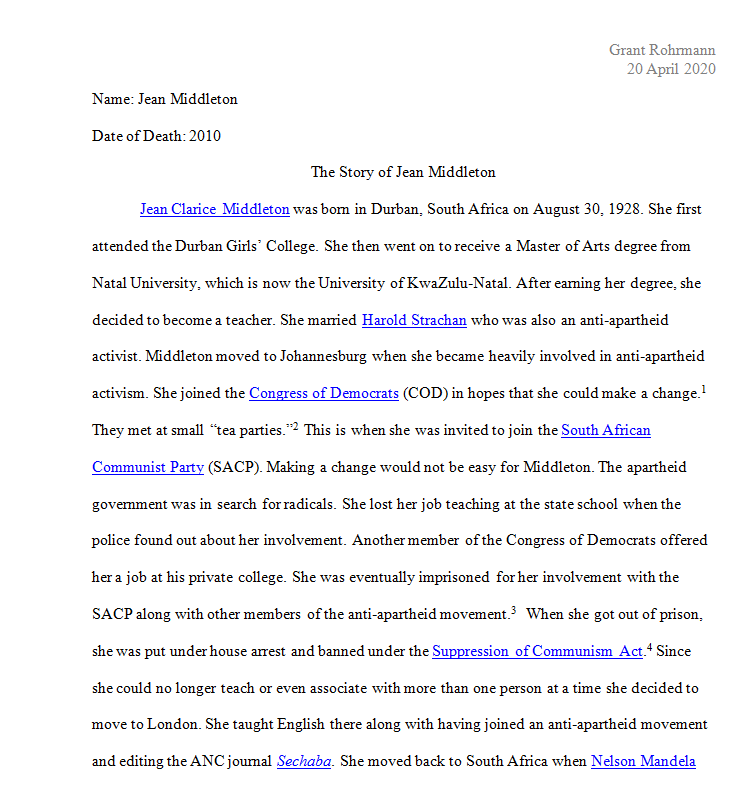
Jean Clarice Middleton was born in Durban, South Africa on August 30, 1928. She first attended the Durban Girls’ College. She then went on to receive a Master of Arts degree from Natal University, which is now the University of KwaZulu-Natal. After earning her degree, she decided to become a teacher. She married Harold Strachan who was also an anti-apartheid activist.
Biography of Florence Matomela by Maximiliano Rubio
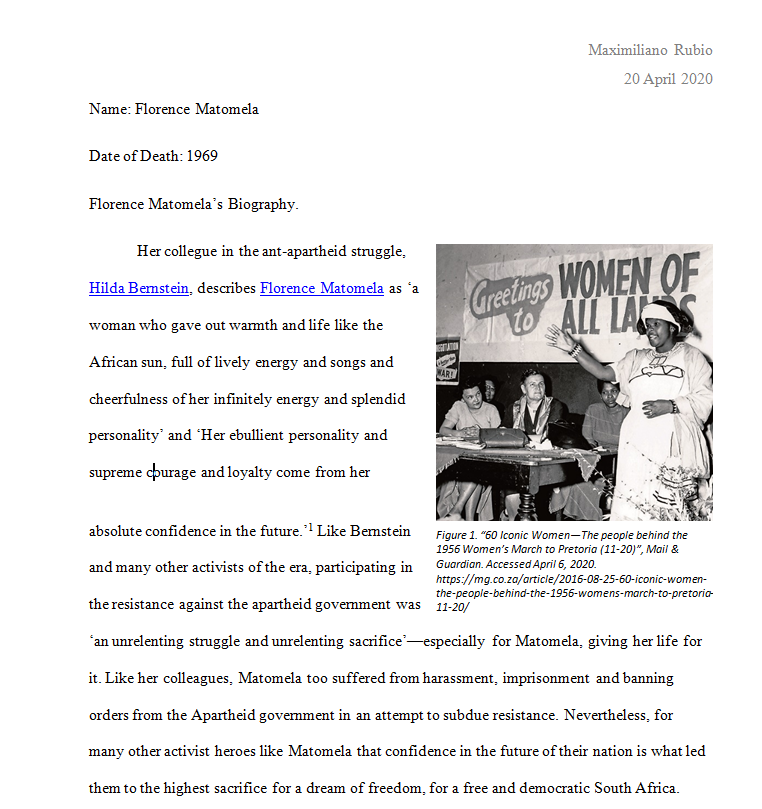
Her collegue in the anti-apartheid struggle, Hilda Bernstein, describes Florence Matomela as ‘a woman who gave out warmth and life like the African sun, full of lively energy and songs and cheerfulness of her infinitely energy and splendid personality’ and ‘Her ebullient personality and supreme courage and loyalty come from her absolute confidence in the future.’[1] Like Bernstein and many other activists of the era,
